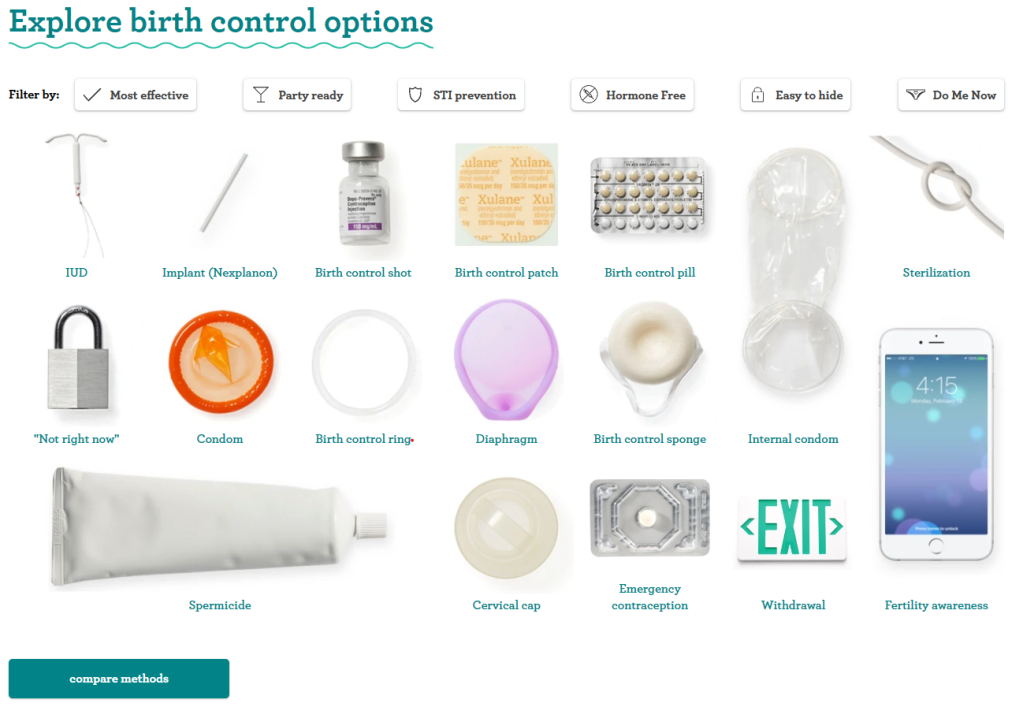On Tuesday, voters in Ohio enshrined protection for reproductive rights in the state constitution, while voters in Virginia gave control of both legislate chambers to Democrats, thereby thwarting Gov. Glenn Youngkin’s plans to enact abortion restrictions in the state.
On Wednesday, Republican Rep. Bob Good of Virginia appeared on the “Victory News” program, where he declared that in the wake of these losses, Republicans must become even more uncompromising and extreme on the issue of abortion.
“We are right on every issue; the Democrats are wrong on every issue,” Good proclaimed
That’s why they frantically cling to abortion as the only issue that they think may work for them, and in some cases it has demonstrated that it does. Part of the problem is that we surrender and we default to the media narrative, the left’s narrative that this is a loser for us . . . We need to be unflinchingly, unapologetically pro-life. I think when you have moderation, you have tepid, vanilla, benign statements on the issue of life. . .Continue reading @ Right Wing Watch.
































